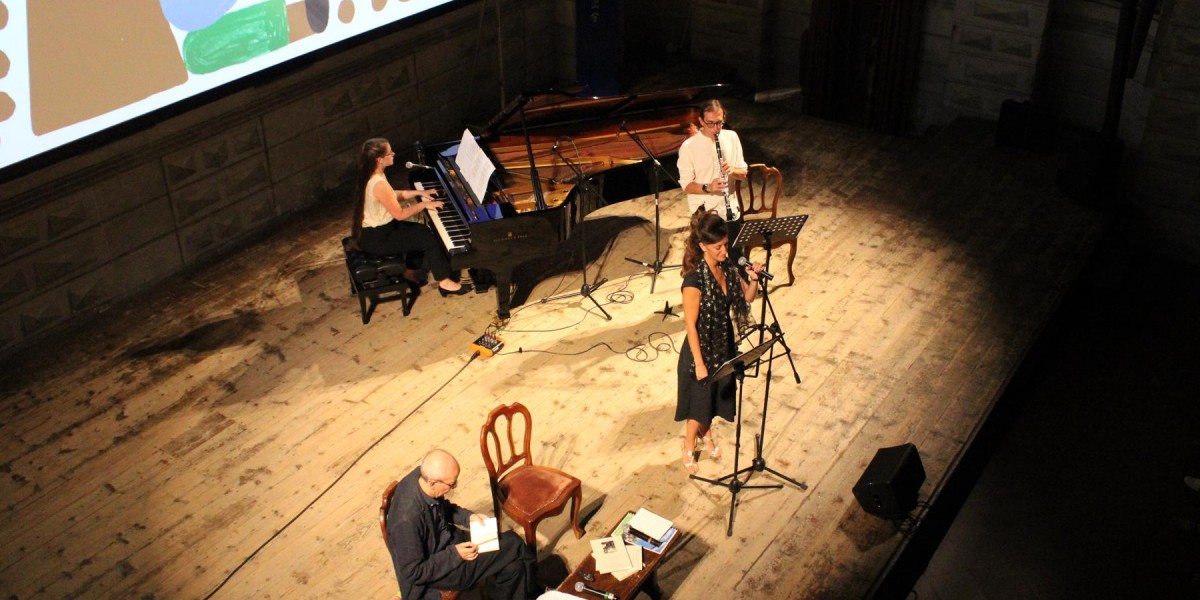
The story and work of Shlomo An-sky, brought to life by music
The audience was being let in on a secret. And the Teatro Bibiena, in Mantua, (the theatre that in 1769, a little over a month after its inauguration, hosted the concert of a thirteen-year-old Wolfgang Amadeus Mozart) is a good location to hear a secret.
The dim lights cast soft shadows on the baroque architecture as Yiddish music filled the room. Miriam Camerini (polyhedric artist and Jewish culture expert), Wlodek Goldkorn (Polish journalist), Angelo Baselli (clarinetist) and Esther Wratschko (pianist) walked on stage and described themselves as probably the only four people in Italy to know about Shlomo An-sky, his story, and his contribution to history. What was shared was not a secret in the “forbidden knowledge” sense, but in the sense of an important story that needs to be told, or risk being lost to time.
Shlomo An-sky was born in 1863 in the “Pale of Settlement”, the western area of the Russian empire where Jewish people were allowed to live. He spent his youth studying and encountering people and ideas from all over Europe, but his life's work stated in 1911, when he began to lead ethnographic expeditions in his own homeland. An-sky’s efforts aimed to collect and catalogue cultural elements form Yiddish oral traditions. Thousands of legends, fairytales, ballads and popular songs were written and recorded. An-sky and his people could feel the imminent collapse of their world, and although use of the written word violated the deep nature of this cultural treasure, they agreed to a "lesser evil" in order to preserve their traditions.
Camerini and Goldkorn’s telling of this story - filled with historical detail and insight - was brought to life by Baselli, Wratschko, and Camerini herself, who performed some of the Yiddish ballads and songs collected by An-sky. As this story was shared, its secrecy became a little less tight, and the original ethnographical project bore fruit in the beautiful context of a 1700s theatre.



